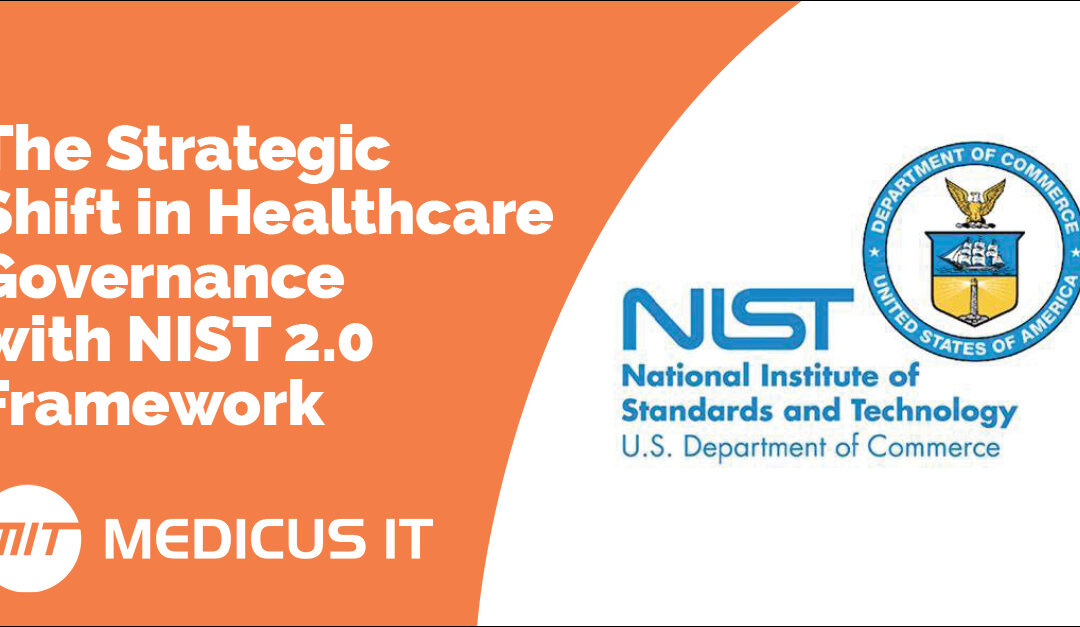The Strategic Shift in Healthcare Governance with NIST 2.0 Framework
The National Institute of Standards and Technology (NIST) recently unveiled its 2.0 update to the cybersecurity framework, marking a significant shift in the approach to managing cyber risks across industries. Among the notable enhancements, the introduction of a Governance component stands out, especially for healthcare organizations. This new section emphasizes the importance of establishing, communicating, and monitoring an organization’s cybersecurity risk management strategies, expectations, and policies. For healthcare clients, this addition is not just an update; it’s a transformative shift that elevates cybersecurity from a tactical concern to a strategic imperative, necessitating a dialogue at the highest levels of the organization.
Healthcare organizations manage an immense volume of sensitive patient data, making them prime targets for cyberattacks. The implications of these attacks are profound, affecting patient privacy, care delivery, and the overall trust in healthcare systems. Historically, cybersecurity efforts in healthcare have been predominantly tactical, focusing on immediate threats and operational responses. The NIST 2.0 Framework’s emphasis on Governance changes this dynamic, pushing organizations to integrate cybersecurity into their core strategic planning and decision-making processes.
The inclusion of Governance in the NIST 2.0 Framework heralds a shift towards a more holistic view of cybersecurity, where tactical responses are underpinned by strategic foresight and planning. For healthcare clients, this means:
Risk Management at the Forefront: Cybersecurity is not just an IT issue but a central element of organizational risk management. This strategic perspective ensures that cybersecurity considerations are integrated into all aspects of healthcare delivery and operations.
Elevated C-suite Involvement: By framing cybersecurity as a governance issue, the NIST 2.0 Framework elevates the conversation to the C-suite and board levels. This ensures that top executives are not only aware of but actively involved in shaping and guiding the organization’s cybersecurity posture.
Enhanced Communication and Accountability: The Governance component emphasizes the need for clear communication and accountability mechanisms. For healthcare organizations, this means establishing clear lines of responsibility and reporting for cybersecurity, ensuring that all stakeholders understand their roles in safeguarding patient data and systems.
Proactive vs. Reactive Approach: The strategic focus encouraged by the Governance section supports a shift from reactive cybersecurity measures to proactive risk management. Healthcare organizations are encouraged to anticipate potential cyber threats and vulnerabilities, implementing measures to mitigate these risks before they materialize.
The Governance component of the NIST 2.0 Framework is a game-changer for healthcare cybersecurity, marking a shift from tactical defenses to strategic risk management. By involving senior leadership and integrating cybersecurity into the fabric of organizational governance, healthcare providers can better protect sensitive patient data, maintain trust, and navigate the complex cyber threat landscape. This strategic focus is not just about compliance; it’s about ensuring the resilience and integrity of healthcare delivery in the digital age.

